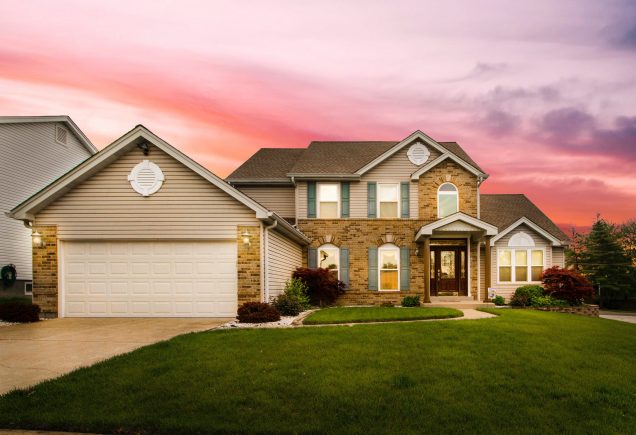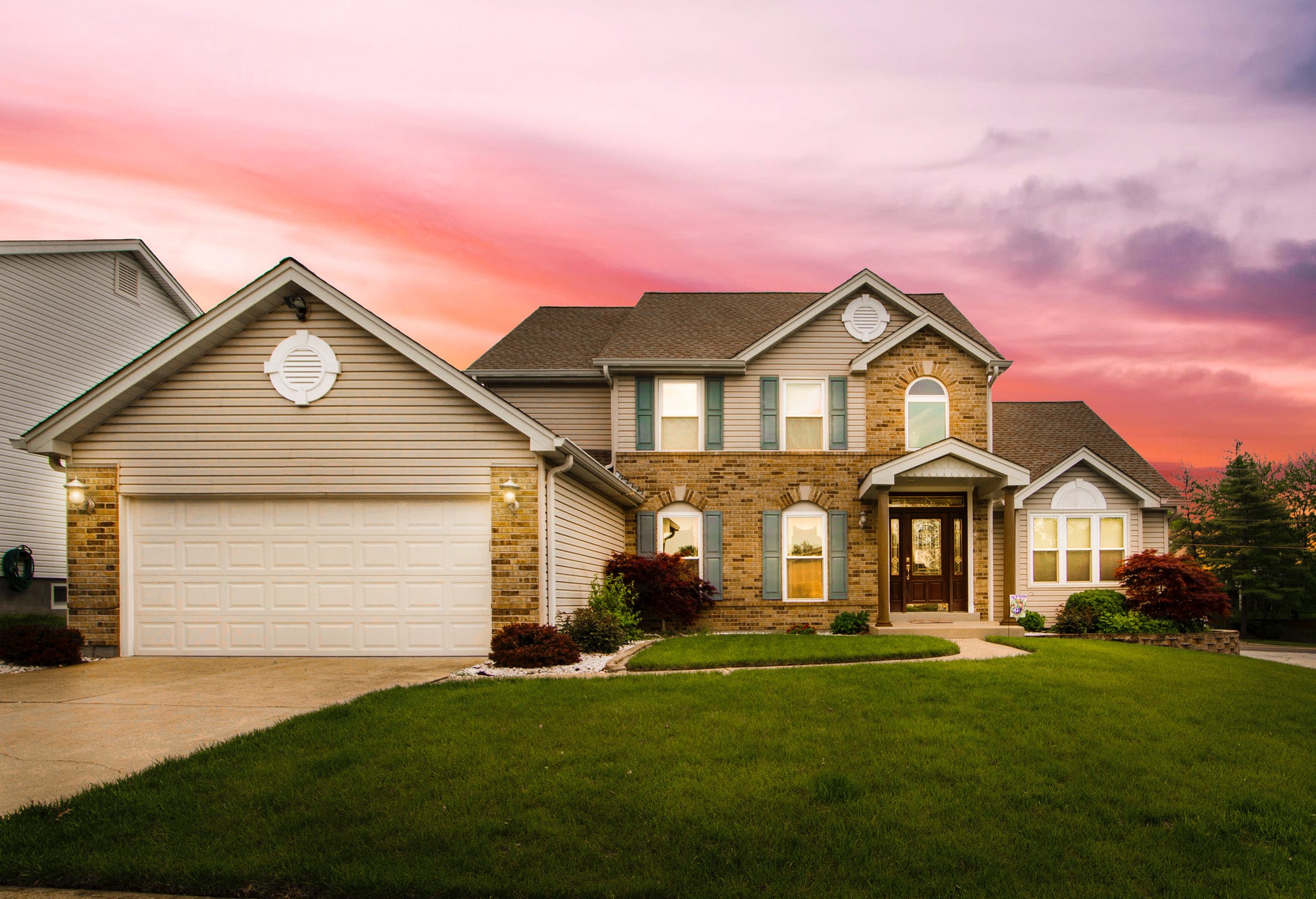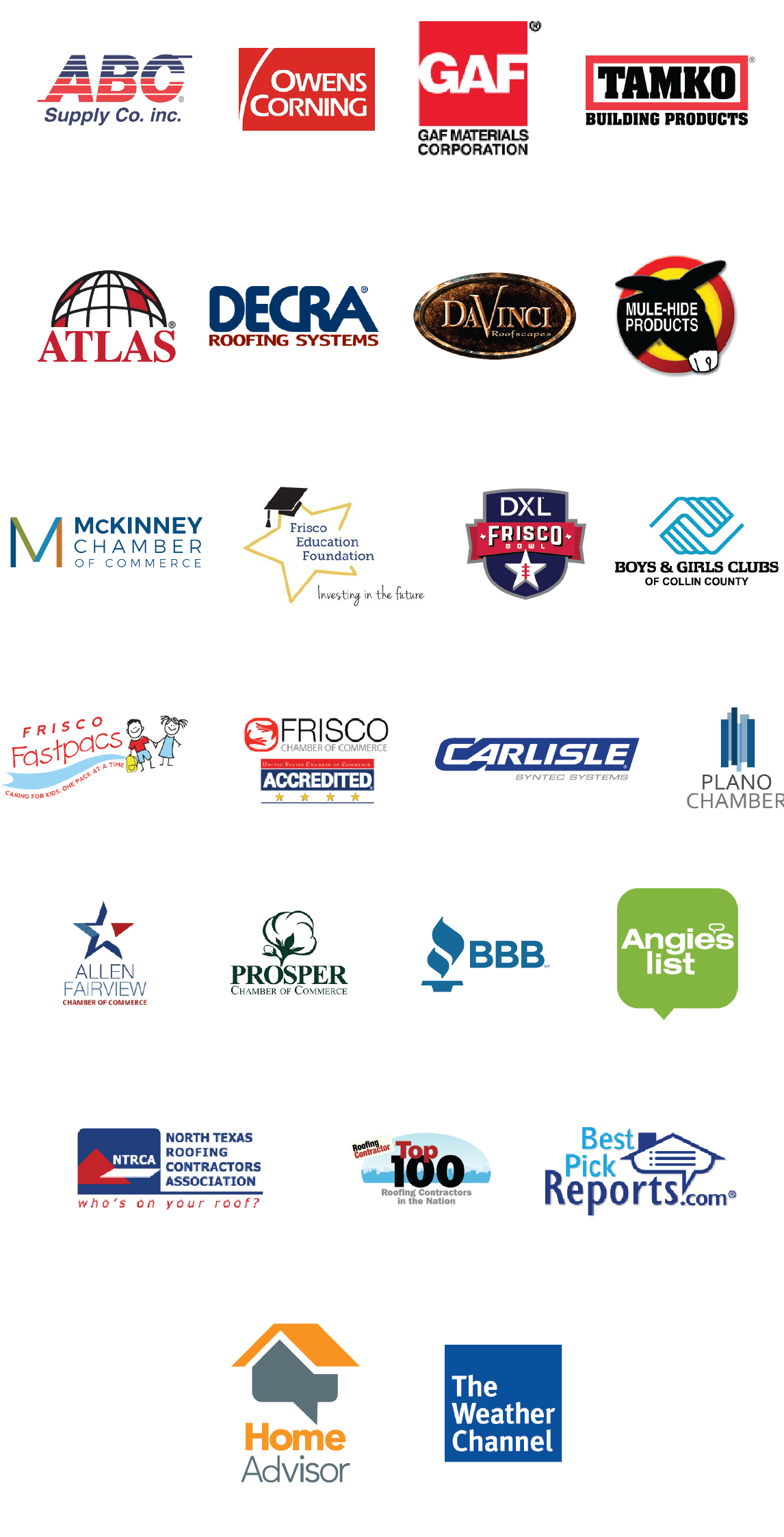The 411 on Roofing Shingles
Look at how well the shingles on your roof are currently working if you’re considering a roof replacement. But what goes into the shingles that you’ll have on your roof?
The things that work on your roof shingles are all things to note. You will find that it is easy for your surface to have an appealing look when you have a suitable plan. In particular, three things will keep your shingles functional and ready for use.
A Fiberglass Backing
Your roof shingles will feature a fiberglass backing on each tile. Fiberglass is mostly known for going inside an attic. But you can add fiberglass under the shingles for extra coverage and protection from extreme conditions.
Fiberglass appears on a reinforced mat to produce a thin surface that creates an insulating factor. Glass fibers are gathered to provide a secure body with resins working to keep the threads in their place. The fiberglass works best when paired with added fiberglass on the inside part of your roof. The fiberglass has to be dense to where the surface will look well and will have a good body aligned all around for your convenience.
The Asphalt Surface
An asphalt material should go on your shingles after the fiberglass is ready. The asphalt has an oil-based body. The surface comes about through the traditional oil refining process. Air can blow along the surface, but it must spread calmly and gently when producing an appealing surface for tile use.
The asphalt powder used in the production of the tiles should be fine enough to produce a solid body. This includes a layout that adds more surface for keeping the shingles active and healthy. The asphalt must have enough of an adhesive compound on its ends. The added adhesive will prevent the shingles from slipping off. Also, the mixture may prevent the tile from being susceptible to fire or smoke damage.
How the Granules Work
A series of granules will go on top of the asphalt and fiberglass body. The pellets feature a hard rock surface crushed into a series of small particles. These bits will go along the surface of the roof and produce a rigid body.
The colors on the granules come from ceramic firing. The pellets treated with an algae-resistant material that will prevent the bits from being discolored from excess heat and moisture. The more critical part of this is that it will help with producing a good body that adds a firm style.
Need Roofing Help from the Frisco, TX Roofing Experts?
Look thoroughly at what type of roof you want. Reach out to us at Town and Country Roofing for any roofing issue or an inspection. Our team will ensure you have the best tiles possible for your space. The roof will have the protection it needs when you reach us for help.




 Let us inspect your roof's condition, repair damaged shingles, reseal flashings, replace plumbing boots, re-caulk exposed nailheads or staples, and more!
Let us inspect your roof's condition, repair damaged shingles, reseal flashings, replace plumbing boots, re-caulk exposed nailheads or staples, and more!
 Addison,
Addison,